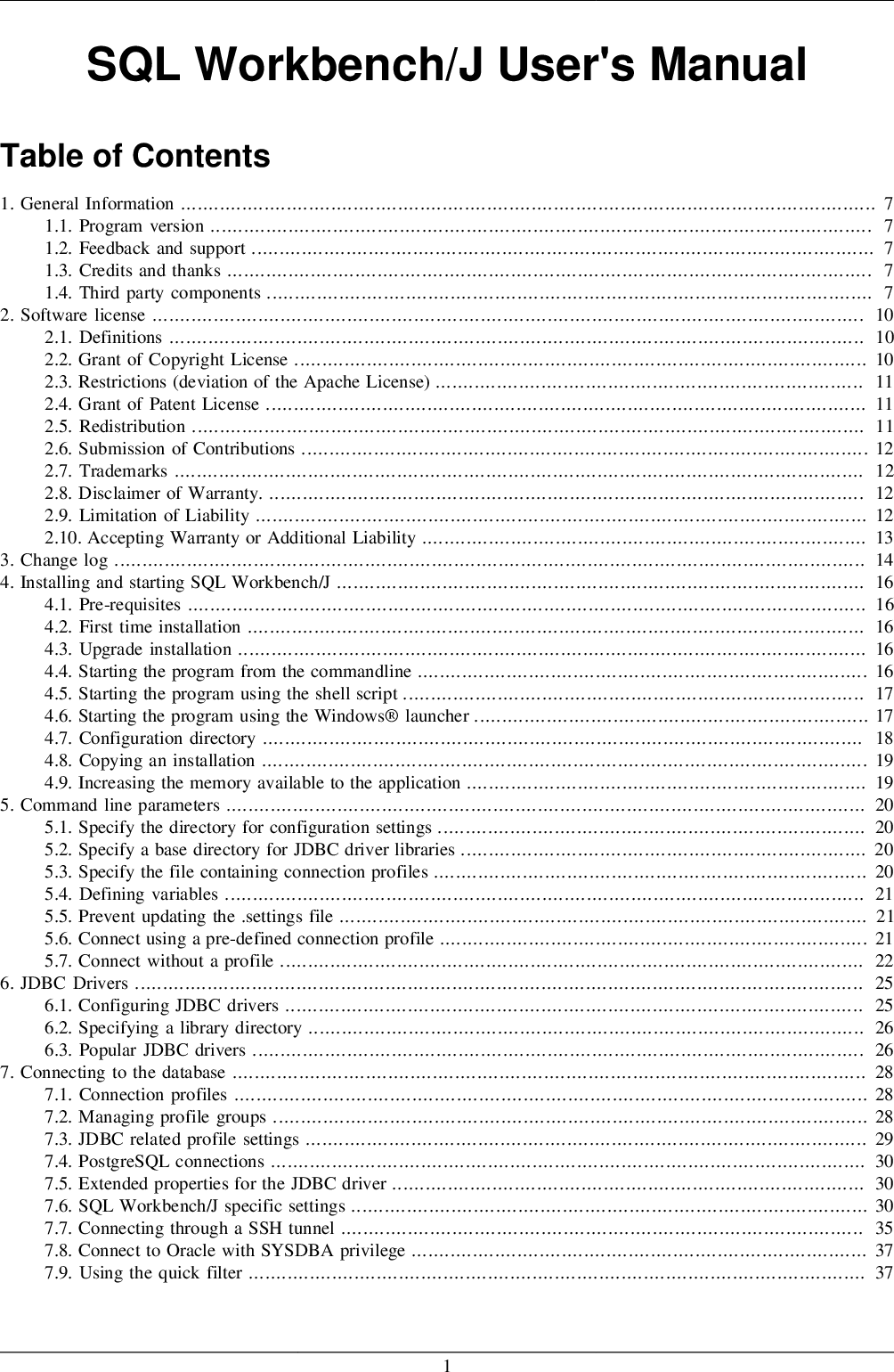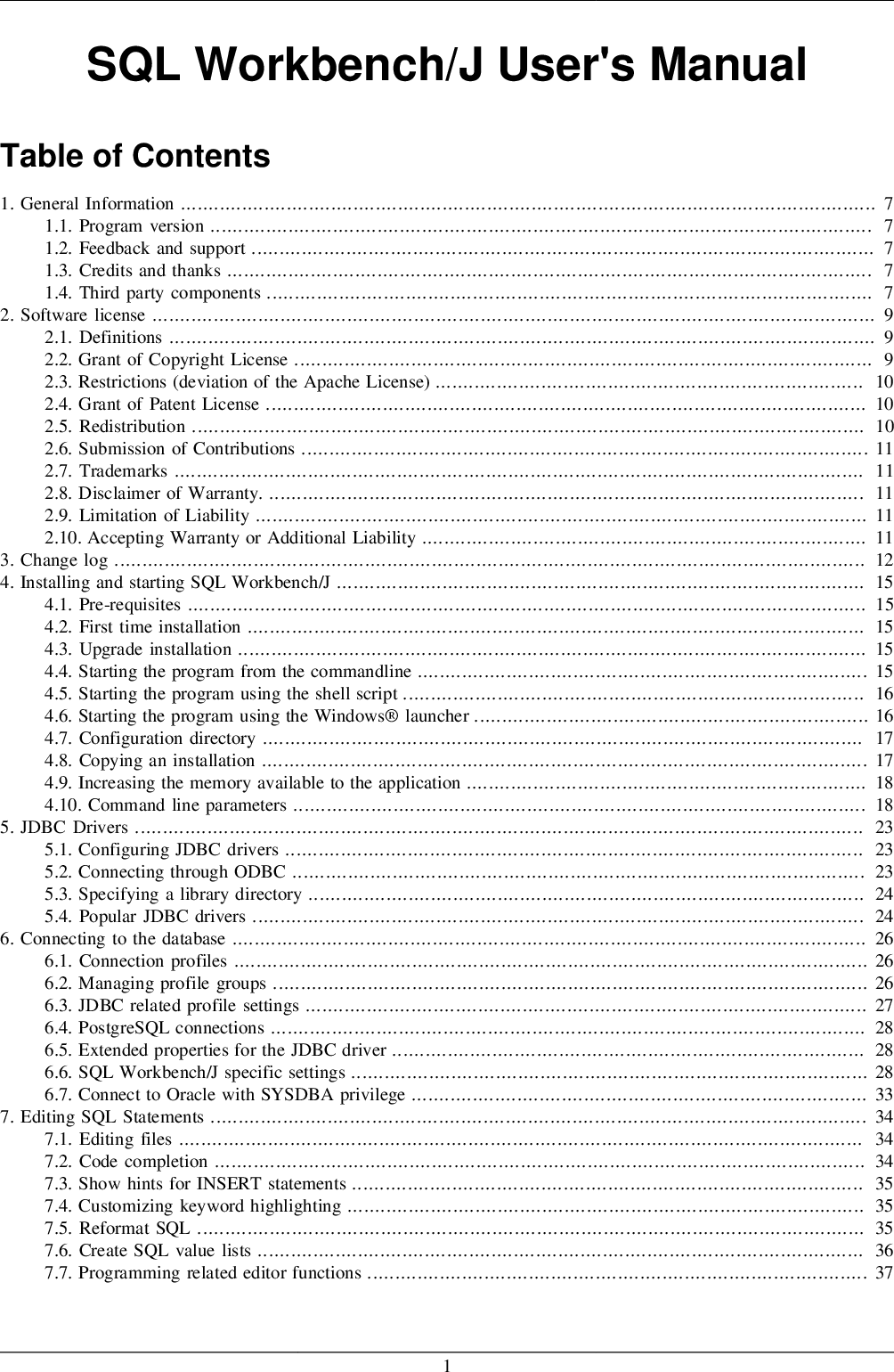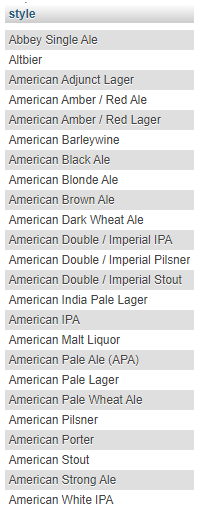In the constructor of the JsonNodeDemo class above, we created an ObjectMapper instance. We called its readTree() method passing a File object representing the JSON document as parameter. The readTree() method returns a JsonNode object that represents the hierarchical tree of employee.json.
In the readJsonWithJsonNode() method, we used the ObjectMapper to write the hierarchical tree to a string using the default pretty printer for indentation. We will OjectMapper class from jackson, readTree() method to convert JSON string to JsonNode. Then we will get the field using get method from JsonNode and check for array type.
If the jsonNode is isArray() method return true, we will type cast the JsonNode to ArrayNode. If you have more complex queries of your data, or you need to create objects from JSON that you can pass to other code, the tree model isn't a good fit. Jackson offers another mode of operation called data binding, where JSON is parsed directly into objects of your design. By default Spring MVC uses Jackson in this way when you accept or return objects from your web controllers. In the ObjectMapperDemo class above, we created an ObjectMapper object and called its overloaded readValue() method passing two parameters. We passed a File object representing the JSON file as the first parameter, and Employee.class as the target to map the JSON values as the second parameter.
The readValue() method returns an Employee object populated with the data read from the JSON file. The tree model is actually the bottom layerStreaming APIThe typical API proposed and supported iscom.fasterxml.jackson.core.TreeNode。 So to use Jackson's tree model, you have to look at objectmapper, which provides a complete implementation of the treenode and other APIs. This allows for convenient and safe chained access via path calls. In the readPhoneNumbers() method, we accessed the phoneNumbers node. Note that in employee.json, phoneNumbers is represented as a JSON array (Enclosed within [] brackets).
After mapping, we accessed the array elements with a call to the elements() method in Line 15. The elements() method returns an Iterator of JsonNode that we traversed and logged the values. In the code above, we called the path() method on the JsonNode object that represents the root node. To the path() method, we passed the name of the node to access, which in this example is name. We then called the asText() method on the JsonNode object that the path() method returns. The asText() method that we called returns the value of the name node as a string.
JSON data binding is not only about reading JSON into Java objects. With the ObjectMapper of JSON data binding, you can also write the state of Java objects to a JSON string or a JSON file. Data binding is a JSON processing model that allows for seamless conversion between JSON data and Java objects.
With data binding, you create POJOs following JavaBeans convention with properties corresponding to the JSON data. The Jackson ObjectMapper is responsible for mapping the JSON data to the POJOs. To understand how the mapping happens, let's create a JSON file representing data of an employee. To create String from Json object Jackson library provides writeValueAsString() method in ObjectMapper class. It comes with several reader/writer methods to perform the conversion from/to Java and JSON. It will use instances ofJsonParserandJsonGeneratorfor implementing actual reading/writing of JSON.
For non-container nodes returns 0; for arrays number of contained elements, and for objects number of fields. Method that can be called on Object nodes, to access a property that has Array value; or if no such property exists, to create, add and return such Array node. Method that can be called on Object nodes, to access a property that has Object value; or if no such property exists, to create, add and return such Object node.
ArrayNodewithArrayMethod that can be called on Object nodes, to access a property that has Array value; or if no such property exists, to create, add and return such Array node. ObjectNodewithMethod that can be called on Object nodes, to access a property that has Object value; or if no such property exists, to create, add and return such Object node. In the test class above, we used the JUnit @Before annotation on the setUpEmployee() method to initialize the Address and Employee classes.
If you are new to JUnit, checkout my series on JUnit starting from here. In the @Test annotated method, we called the writeEmployeeToJson() method of JsonWriterObjectMapper, passing the initialied Employee object. Jackson is a library that provides a lot of flexibility while working with JSON. ReadTree() will accept the parser object and trace the hierarchy of JSON. In the above code, we learned how to convert a string to a JSON object and now we can go for JSON object to a string we will learn creating an object from scratch also. Firstly we will create a JSON object and add values this class has JSONObject.put() method which accepts two parameter key and value.
Here are the examples of the java api class com.fasterxml.jackson.databind.node.ObjectNode taken from open source projects. This is useful for example during rolling update with serialization changes, or when reading old stored data. The JsonNode is mutable so you can add and remove fields, or change values.
Note that you have to cast to specific sub-classes such as ObjectNode and ArrayNode to get access to mutators. In many cases ordinary classes can be serialized by Jackson without any additional hints, but sometimes annotations are needed to specify how to convert the objects to JSON/bytes. In this example, we've created a Tree using JsonNode and write it to a json file and read back tree and then convert it as a Student object.
If index is less than 0, or equal-or-greater than node.size(), null is returned; no exception is thrown for any index. Method for accessing all value nodes of this Node, iff this node is a JSON Array or Object node. In case of Object node, field names are not included, only values.
Of JSON data binding, you can also write the state of Java objects to a JSON string or a JSON file. The example above we covered full data binding – a variant of Jackson data binding that reads JSON into application-specific JavaBeans types. The other type is simple data binding where you read JSON into built-in Java types, such as Map and List and also wrapper types, such as String, Boolean, and Number. In the JSON Tree Model, the ObjectMapper constructs a hierarchical tree of nodes from JSON data. If you are familiar with XML processing, you can relate the JSON Tree Model with XML DOM Model.
In the JSON Tree Model, each node in the tree is of the JsonNode type, and represents a piece of JSON data. In the Tree Model, you can randomly access nodes with the different methods that JsonNode provides. In the ObjectMapperToMapDemo class above, notice the overloaded readValue() method where we used a FileInputStream to read employee.json. Other overloaded versions of this method allow you to read JSON from String, Reader, URL, and byte array.
Once ObjectMapper maps the JSON data to the declared Map, we iterated over and logged the map entries. This means that we can have one single set of beans, with one set of annotations and, depending on the ObjectMapper instance, we select whether we get XML or JSON. And of course, once you have the JsonNode tree model, you can use Jackson data binding to create a Java object . The tree model API is convenient when only a few values in a large JSON string need to be extracted. If every value in JSON needs to be obtained, this method is cumbersome.
Therefore, in practical application, specific problems are analyzed,But you have to master Jackson's tree model。 Basically, each data type has an implementation type corresponding to jsonnode. For example, array nodesArrayNode, digital nodeNumericNodewait.
The Jackson has a built-in tree model to represent JSON Object. The ObjectMapper instance mapper parses JSON into a JsonNode tree model calling readTree(). In this code, we first create an instance of Gson using GsonBuilder by calling its create() method.
We can also enable various configuration settings on builder. When doing a rolling update, for a period of time there are two different binaries running in production. If the schema has evolved requiring a new schema version, the data serialized by the new binary will be unreadable from the old binary.
This situation causes transient errors on the processes running the old binary. This service degradation is usually fine since the rolling update will eventually complete and all old processes will be replaced with the new binary. To avoid this service degradation you can also use forward-one support in your schema evolutions.
Jackson includes the @JsonScalaEnumeration to statically specify the type information to a field. When using the @JsonScalaEnumeration annotation the enumeration value is serialized as a JsonString. An ObjectMapper can read JSON from a variety of sources using an overloaded readTree method. ReadTree returns a JsonNode which represents the root of the JSON document. JsonNode instances can be JsonObjects, JsonArrays or a variety of "value" nodes such as TextNode or IntNode. The FAIL_ON_NULL_FOR_PRIMITIVES feature determines whether to fail when encountering JSON properties as null while deserializing into Java primitive types .
However, we can configure the ObjectMapper to fail instead, in the case that an omission of those fields signals a larger error. Jackson is a powerful and efficient Java library that handles the serialization and deserialization of Java objects and their JSON representations. It's one of the most widely used libraries for this task, and runs under the hood of many other frameworks.
For instance, while the Spring Framework has support for various serialization/deserialization libraries, Jackson is the default engine. The following java examples will help you to understand the usage of com.fasterxml.jackson.databind.node.ObjectNode. These source code samples are taken from different open source projects. Method for adding given properties to this object node, overriding any existing values for those properties. Method for accessing value of the specified field of an object node. If this node is not an object , or if there is no field with such name, null is returned.
Method for accessing value of the specified element of an array node. We will use the jackson's objectmapper, to serialize list of objects to JSON & deserialize JSON to List of objects. In Line 25, we called the overloaded writeValue() method to write the Employee object to the file provided as the first parameter. The other overloaded writeValue() methods allow you to write JSON output using OutputStream and Writer. The complete code of generating the JSON tree model and accessing its nodes is this.
The other type is simple data binding where you read JSON into built-in Java types and also wrapper types . It is a variant of Jackson data binding that reads JSON into application-specific JavaBeans types. Whatever the two things we did in the above code block we will do the same stuff using the Gson library. This library is developed by Google and widely used in the industry. JsonParser is a class that is responsible to parse a string and parse() is a method that accepts a string.
Finally, we use getAsJsonObject() to get all the above conversion in JsonObject format. In the code given below, we have a JSON data stored in the form of String. Converting a string JSON is very much convenient to perform multiple actions. JSONObject is a class of org.json package that converts a string to an JSON object. The following example demonstrates how to pretty print the JSON string produces by Jackson library.
To produce well formatted JSON string we create the ObjectMapper instance and enable the SerializationFeature.INDENT_OUTPUT feature. To enable this feature we need to call the enable() method of the ObjectMapper and provide the feature to be enabled. JSON-java library, commonly known as org.json, is used here with required maven dependency.
For the remedy digital marketplace connector, it downloads all users in batches of 2000. Then it takes 2 minutes to convert that into a JSON object. //or if no such property exists, to create, add and return such Object node.
The serializer/deserializer are not enabled automatically. The @JsonSerialize and @JsonDeserialize annotation needs to be added to the fields containing the types to be serialized with Akka Serialization. Note that this is not needed for a top level class, but for fields inside it. In this example Animal is used inside of Zoo, which is sent as a message or persisted. If Animal was sent or persisted standalone the annotations are not needed because then it is the concrete subclasses Lion or Elephant that are serialized. Use of com.fasterxml.jackson.databind.node.ObjectNode in project jsonschema2pojo by joelittlejohn.
Here, we will a json using jackson api and print the values from array in json. (java.lang.String fieldName)Method for accessing value of the specified field of an object node. We've first taken a look at how to install Jackson, and then dived into converting JSON to Java Objects - from strings, files, HTTP Responses, InputStreams and byte arrays. Then we explored conversion of JSON to Java lists and maps.




















































